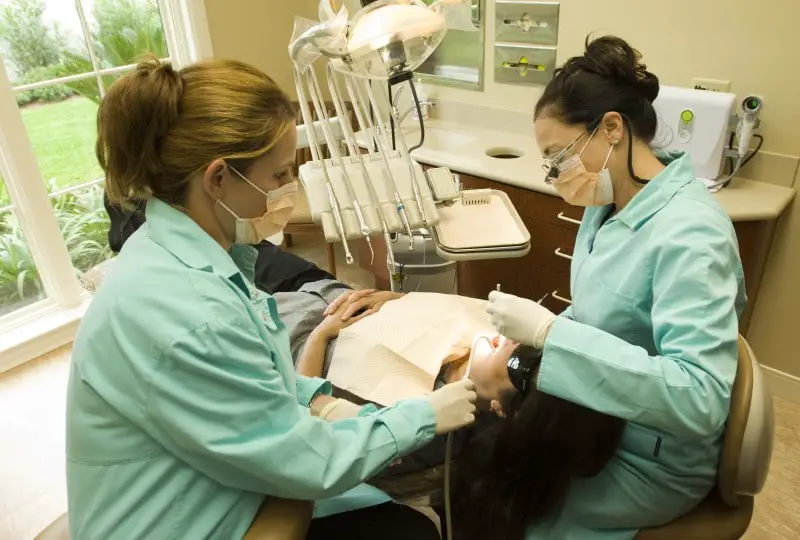When we think of dentistry, many see it as an innovation of the 20th century. In fact, modern dentistry can trace its roots back to the advent of civilization when shaman and medicine men of early settlements practiced primitive forms of medicine, including dentistry. Over the centuries, dentistry has evolved from the mysterious form of medicine shrouded in superstition and practiced by shaman to the extensive and exact science it is today.
 While definite evidence of ancient dentistry is extremely rare, the oldest examples found to date are anywhere from 7,500 to 9,500 years old. Several molars found in Pakistan show evidence of regularly shaped cavities with concentric ridges drilled into them. Scientists believe these early dentists used bow drills to cure tooth related disorders. Recently, scientists uncovered a 6,500 year old jaw bone that once belong to a 24-30 year old man in Trieste, Italy and contained a filling made of beeswax.
While definite evidence of ancient dentistry is extremely rare, the oldest examples found to date are anywhere from 7,500 to 9,500 years old. Several molars found in Pakistan show evidence of regularly shaped cavities with concentric ridges drilled into them. Scientists believe these early dentists used bow drills to cure tooth related disorders. Recently, scientists uncovered a 6,500 year old jaw bone that once belong to a 24-30 year old man in Trieste, Italy and contained a filling made of beeswax.
The earliest written record of dentistry was found in a Sumerian text from 5000 BC, which described the “tooth worm” as the cause of tooth decay. Evidence of this belief has also been found in a number of other civilizations including India, Egypt, Japan, China and Greece – and even persisted as late as the 14th century AD when surgeon Guy de Chauliac continued to promote the belief that tooth decay was caused by worms.
The Egyptian official, physician and scribe Hesy-Re is referred to by many as the “first dentist.” Hesy -Re lived around 2600 BC, served under the pharaoh Djoser and was buried in an elaborate tomb at Saqqara. An inscription on his tomb referred to him as “the greatest of those who deal with teeth, and of physicians.” Although not considered “dentists” the ancient Greek scholars Hippocrates and Aristotle both wrote about dentistry, including the eruption pattern of teeth, treating decayed teeth and gum disease, extracting teeth with forceps, and using wires to stabilize loose teeth and fractured jaws.
In Europe, during the Early Middle Ages medicine, surgery and dentistry were generally practiced by monks who were the most educated people of the period. Often these monks were assisted by barbers who visited the monasteries to shave the heads of monks. In 1130 AD, a series of Papal edicts prohibited monks from performing many of these services and it was left to the barbers to provide them to the people. The tradition of barbers providing surgical services, including dentistry, lasted for nearly 700 years until the College of Surgery was founded in England.
As the practice of dentistry shifted from these barber surgeons to wealthier and highly educated surgeons, dentistry evolved greatly, becoming its own science separate from surgery. Several books published between 1650 and 1800 AD gave rise to the science of modern day dentistry. Most notably, French physician Pierre Fauchard, known as “the father of modern dentistry”, published his book “The Surgeon Dentist” in 1728. This book not only described the basics of oral anatomy and function, it also provided insights on how to identify and treat tooth decay and periodontal disease, outlined procedures for tooth transplantation and contained a number of other observations and treatments that formed the basis of modern dentistry. His book is said to be the first complete scientific description of dentistry and paved the way for others to expand the knowledge of the dental profession throughout Europe.
While modern dentistry is a science that is continually evolving as technology advances it is still a science founded on principles dating back 9,500 years or more.












